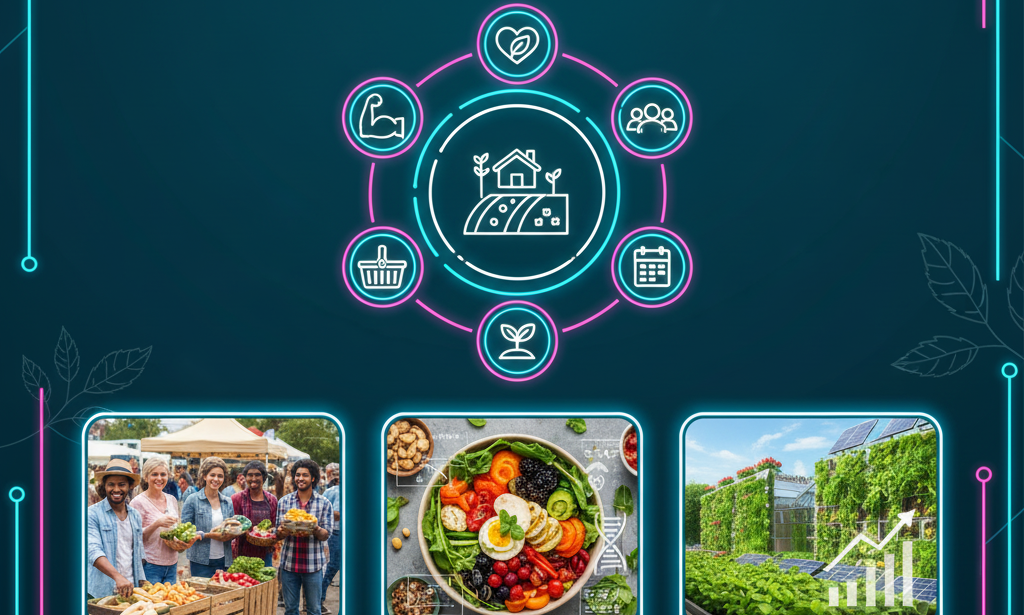Across the world, people are reconnecting with where their food comes from — and in 2025, the farm-to-table movement is stronger than ever. As cities grow and technology evolves, communities are rediscovering the value of fresh, locally sourced ingredients.
Local food isn’t just about eating healthy; it’s about building stronger communities. Farmers’ markets, urban gardens, and farm cooperatives are thriving, offering fresh produce directly to consumers. Many cities now support community-supported agriculture (CSA) programs that deliver weekly baskets of seasonal fruits and vegetables to subscribers.
Restaurants have joined the movement too. Chefs proudly showcase local farms on their menus, and rooftop gardens supply herbs and greens just steps from the kitchen. This direct connection not only ensures freshness but also cuts down on transportation emissions — a major step toward sustainability.
Economically, local food systems empower small farmers, keeping money within local economies. Environmentally, they reduce carbon footprints. Socially, they bring people together — creating networks of trust between producers and consumers.
With the rise of digital marketplaces, buying local has never been easier. Apps now let users order farm produce directly from nearby growers, supporting zero-waste and low-impact lifestyles.
In a world dominated by industrial agriculture, the farm-to-table movement offers something rare: authenticity. It’s not just a trend — it’s a return to roots, both literally and culturally.
Watch These Related Videos
Farm-to-Table Movement Explained watch here
The Benefits of Local Food Systems watch here
Why Buying Local Matters watch here


You must be logged in to post a comment.